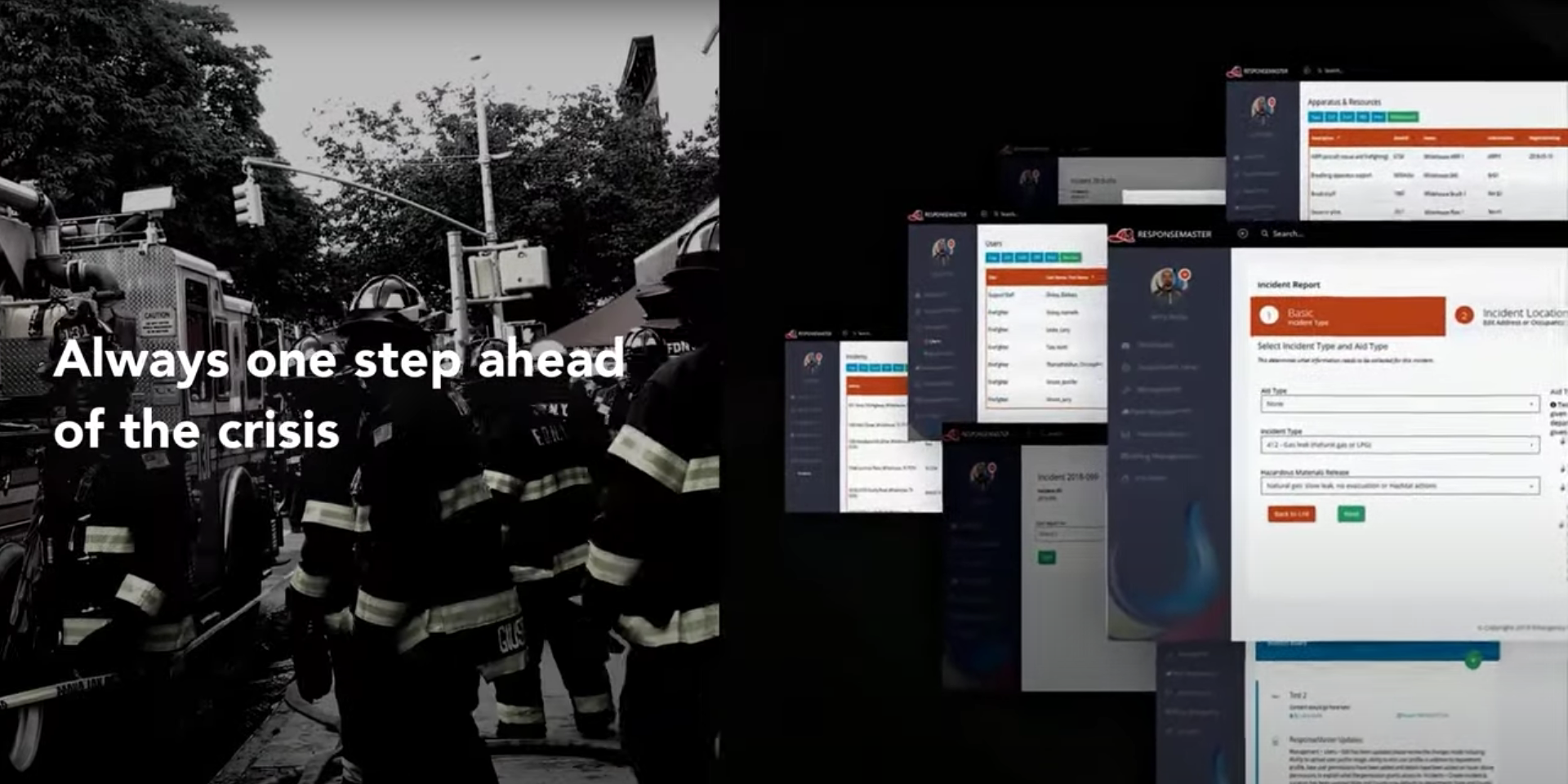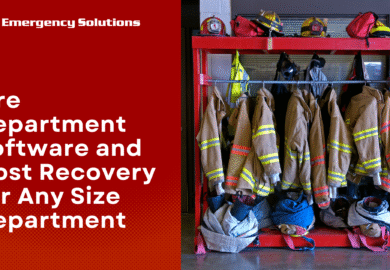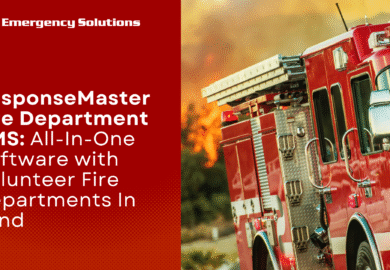
Exploring Challenges in Transitioning Fire Departments to New Software Solutions
Exploring Challenges in Transitioning Fire Departments to New Software Solutions
In the dynamic landscape of emergency services, the use of technology has become integral for fire departments to efficiently manage operations, resources, and emergency responses. However, transitioning from one fire department software to a new software solution poses significant challenges that must be carefully navigated to ensure a seamless shift without compromising operational efficacy. Here, we delve into the barriers impeding this transition and strategies to overcome them.
- Integration Complexity:
Fire departments rely on a myriad of interconnected systems for dispatch, incident reporting, resource management, and more. Introducing a new software solution often requires seamless integration with existing infrastructure. Compatibility issues, data migration complexities, and interoperability challenges can hinder the smooth integration of the new software with legacy systems.
- Training and Familiarization:
Implementing new software demands comprehensive training for personnel accustomed to the previous system. The learning curve associated with navigating unfamiliar interfaces and functionalities can affect productivity during the transition period. Moreover, resistance to change among staff can slow down the adaptation process.
- Customization and Adaptability:
Fire departments have unique operational needs that may not be fully addressed by off-the-shelf software solutions. The inability to customize the new software to align with specific departmental requirements can impede its adoption. Flexibility and adaptability of the software to accommodate diverse workflows and emergency scenarios are paramount.
- Data Security and Privacy Concerns:
Ensuring data security and privacy is critical in fire department operations, considering the sensitive nature of incident reports, personnel information, and emergency protocols. Transitioning to a new software system must guarantee robust cybersecurity measures to safeguard sensitive data, and compliance with relevant regulations like HIPAA or GDPR.
- Cost Considerations:
The financial aspect of transitioning to new software cannot be overlooked. Expenses associated with licensing, customization, training, and potential disruption during the transition can strain departmental budgets. Calculating the total cost of ownership and assessing long-term benefits is crucial for decision-making.
- Vendor Lock-in and Support:
Dependence on a single vendor for software solutions can lead to vendor lock-in issues, limiting flexibility and hindering future upgrades or changes. Furthermore, inadequate post-implementation support from the new software provider can exacerbate challenges, leaving departments stranded with unresolved issues.
Addressing these barriers requires a strategic approach and meticulous planning:
– Thorough Needs Assessment:
Conduct a comprehensive analysis of departmental needs and requirements to ensure the new software aligns with operational workflows.
– Pilot Programs and Feedback Loops:
Implement pilot programs to test the software in a controlled environment and gather feedback from end-users. Iterative improvements based on user input can enhance adoption rates.
– Robust Training Programs:
Invest in extensive training programs to familiarize personnel with the new software, ensuring they are comfortable and proficient in its usage.
– Collaboration and Change Management:
Foster a culture of collaboration and open communication to manage resistance to change. Involving stakeholders in decision-making and change management processes can mitigate resistance.
– Scalability and Future-Readiness:
Prioritize software solutions that offer scalability, adaptability, and long-term support to accommodate evolving departmental needs and advancements in technology.
Transitioning to new fire department software is a complex undertaking, but with meticulous planning, stakeholder involvement, and a focus on addressing these barriers, fire departments can successfully navigate this transition, enhancing operational efficiency and improving emergency response capabilities.
Emergency Solutions, Inc. takes on all the complex tasks and helps create a seamless transition into our all-in-one fire department software, ResponseMaster. We provide everything you need to make the transition as painless as possible with a very efficient process and provide 24/7 support along the way.
Watch this short video to learn more about how Emergency Solutions, Inc. created our fire department management software, ResponseMaster, to streamline emergency response without integration issues.
Request a free demo to discover why so many fire departments are switching to ResponseMaster to make their lives much easier, with a much more user-friendly and affordable, all-in-one, fire department software.
Recent Posts
Fire Department Software and Cost Recovery for Any Size Department
Recent Posts
- Fire Department Software and Cost Recovery for Any Size Department
- ResponseMaster Fire Department RMS: All-In-One Software with Volunteer Fire Departments In Mind
- Emergency Solutions, Inc. Launches New Referral Program
- Emergency Solutions, Inc. Launches Comprehensive Fire Department Cost Recovery System
- Fire Chief Fire Department Software Complaints


Recent Comments